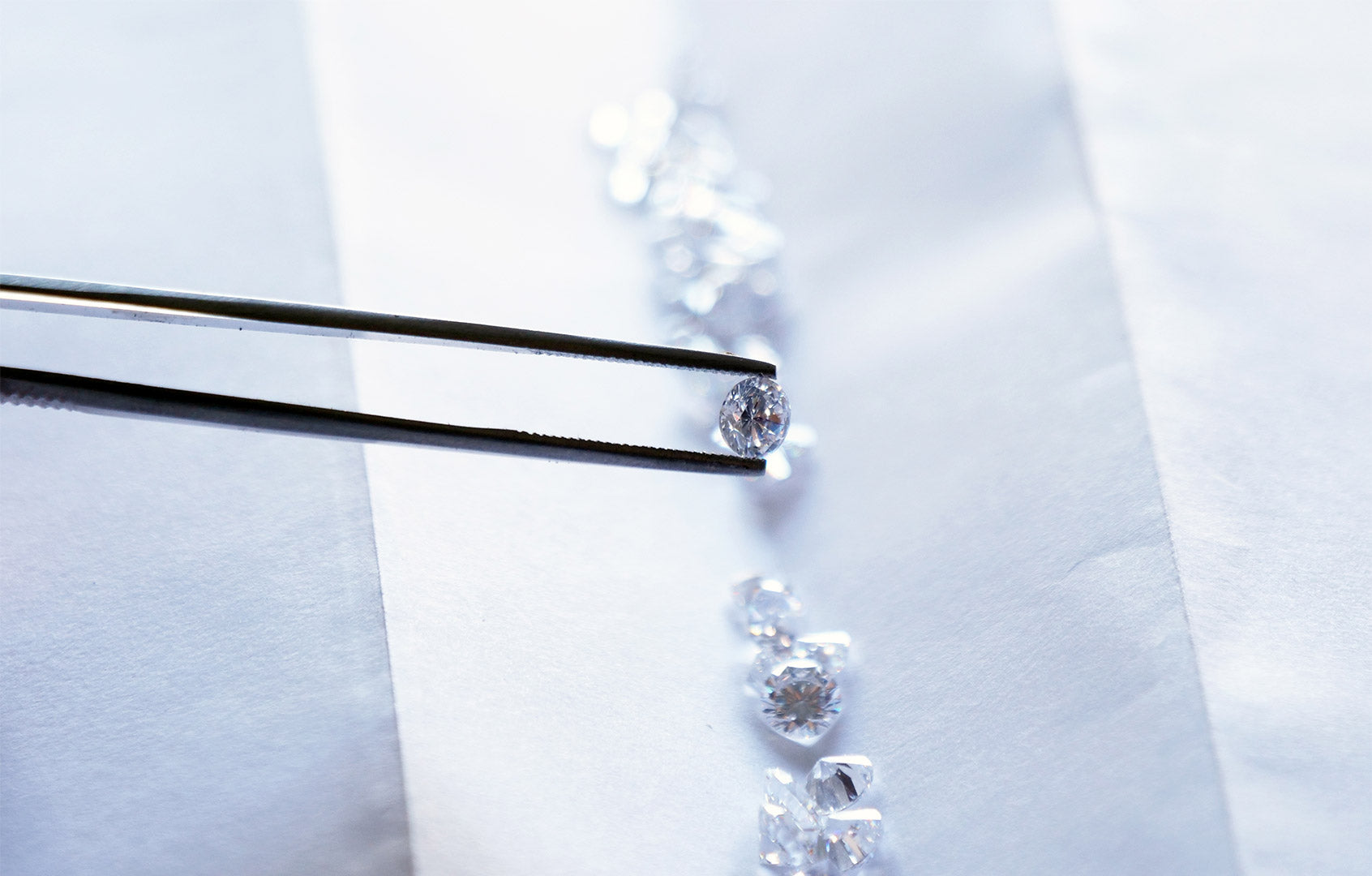Gold rings have long been cherished for their beauty, value, and symbolism. Whether you’re considering a gold ring as an investment, a fashion accessory, or a significant piece for a special occasion, there are several factors to think about before making your purchase. Let’s explore the pros and cons of buying a gold ring, and help you decide if it’s the right choice for you.
1. Aesthetic Appeal
Gold rings are timeless and versatile. They come in various shades, from should I get gold ring to rose gold to white gold, and can be crafted in a variety of styles. Whether you prefer a classic, sleek design or something more intricate, there’s a gold ring for every taste. Gold’s inherent luster and warmth make it appealing to many. It complements all skin tones, adding a rich glow to your appearance.
If you enjoy wearing jewelry and have a specific style, a gold ring can be a statement piece that reflects your personality. Additionally, gold rings pair well with almost any outfit—be it casual, professional, or formal—making them a versatile accessory.
2. Durability and Longevity
One of the standout features of gold is its durability. While gold is a relatively soft metal compared to others like platinum or titanium, it’s still resistant to corrosion, rust, and tarnish. A gold ring will last for years, even decades, with proper care. In fact, many gold rings are passed down through generations, often becoming family heirlooms.
That being said, the softness of gold can make it more prone to scratches or dents. If you have an active lifestyle or plan to wear the ring daily, consider opting for a higher-karat gold or one that has been alloyed with stronger metals for added durability.
3. Investment Value
Gold is one of the most precious metals in the world, and its value typically appreciates over time. Many people buy gold rings not just for their beauty but as a form of investment. The price of gold has historically risen with inflation and global economic conditions. In times of financial uncertainty, gold is often seen as a safe haven asset, maintaining its value when other investments might not.
However, it’s important to note that the resale value of your gold ring may depend on factors like its weight, purity, design, and demand in the market. If you’re buying solely as an investment, you may want to research the current gold market and speak to experts.
4. Symbolism and Sentimental Value
Gold rings often carry symbolic meanings. Wedding rings, for example, are a traditional and widely-recognized symbol of commitment and love. A gold engagement ring may hold deep sentimental value, signifying a life-long promise between partners.
In other contexts, gold rings can represent achievement, success, or milestones. For example, class rings or special awards might be made from gold to symbolize an important life event. If you’re purchasing a gold ring for a personal or sentimental reason, the emotional value it holds will likely outweigh any financial considerations.
5. Gold Purity and Types of Gold
When shopping for a gold ring, understanding gold purity is essential. Gold purity is measured in karats (k), with 24k being the purest form. However, lab grown diamonds, 24k gold can be soft, so many gold rings are made with 18k or 14k gold, which are alloyed with other metals to increase strength.
Different Types of Gold:
- Yellow Gold: Traditional and classic, yellow gold is the most recognized gold tone. It’s often chosen for wedding rings and other heirloom pieces.
- White Gold: A popular choice for those who prefer a more subtle, modern look, white gold has a cool, silvery appearance. It’s often used for engagement rings.
- Rose Gold: Known for its romantic and vintage feel, rose gold has a warm, pinkish hue that has surged in popularity in recent years.
Understanding these types can help you decide which shade of gold best suits your style.
6. Cost Considerations
Gold rings can vary significantly in price depending on factors like the gold’s purity, the weight of the ring, the design complexity, and whether it’s embellished with gemstones. While gold is generally considered an expensive metal, the cost can be somewhat flexible based on what you prioritize (such as the gold’s karat, size, or craftsmanship).
It’s important to set a budget and explore options within your price range. Remember that a higher karat value doesn’t always mean better value, as the ring’s design and the weight of the gold will also influence the price.
7. Maintenance and Care
Gold rings, like any piece of jewelry, require care to maintain their beauty. To keep your gold ring shining, you should clean it regularly with a mild soap and water solution. Avoid wearing it while doing tasks like cleaning, exercising, or swimming, as harsh chemicals and physical activity can damage the metal or gemstones.
Over time, a gold ring may develop a patina or dullness, especially if it’s 22k or 24k gold. You can have your ring polished by a professional to restore its shine if necessary.
Conclusion: Should You Get a Gold Ring?
Ultimately, whether or not you should get a gold ring depends on your personal preferences, budget, and the purpose of the purchase. If you’re looking for a timeless, durable, and versatile piece of jewelry that holds value both aesthetically and symbolically, a gold ring is a great choice.
If you’re concerned about the softness of gold or want something stronger, you may want to explore other options such as platinum or titanium. But if you value gold’s timeless appeal and sentimental qualities, it’s a solid investment.
Consider factors like your personal style, budget, and the meaning behind the piece. If you’ve already made up your mind, enjoy the process of finding the perfect gold ring that suits your tastes and needs!




